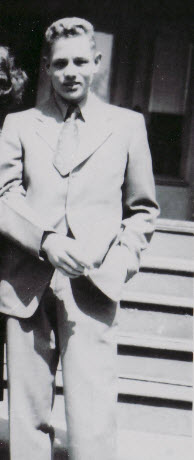How the word brand hurts my business.
I consult with a lot of companies, especially start-ups and those in emerging markets, that have a hard time articulating their Is-Does: What a brand Is and what it Does. The reality is, I have a hard time with the Is-Does in my own humble practice. My logo says I’m a “brand consultancy.” Everyone knows what a consultancy is but when the word brand is added, understanding goes out the window.
Marketing insiders and those in the branding business know what I mean, but they’re not the target. (Not unless I’m looking to get hired or freelance.) Most of my customers are marketers. And most marketers don’t wake up every day sweating a hostile business environment saying “I need to invest a few thousand dollars in brand consultation.” They might say “I need some sales,” or “I wish I understood why my customers are leaving,” or “Are there segments I am overlooking?”
The word these people understand is strategy. Slap the word brand next to it and it loses meaning – losing the ability to answer the aforementioned questions. (My explanation of brand planning and the brand strategy rigor clears up the misunderstanding, but at face value, contextually, the business value is not obvious.)
Were I to position myself as a marketing consultant rather than a brand consultant, I would reduce any Is-Does issues. I, too, have an Is-Does issue. Stay tuned for the deconstruction of the problem and the solution. Peace.

